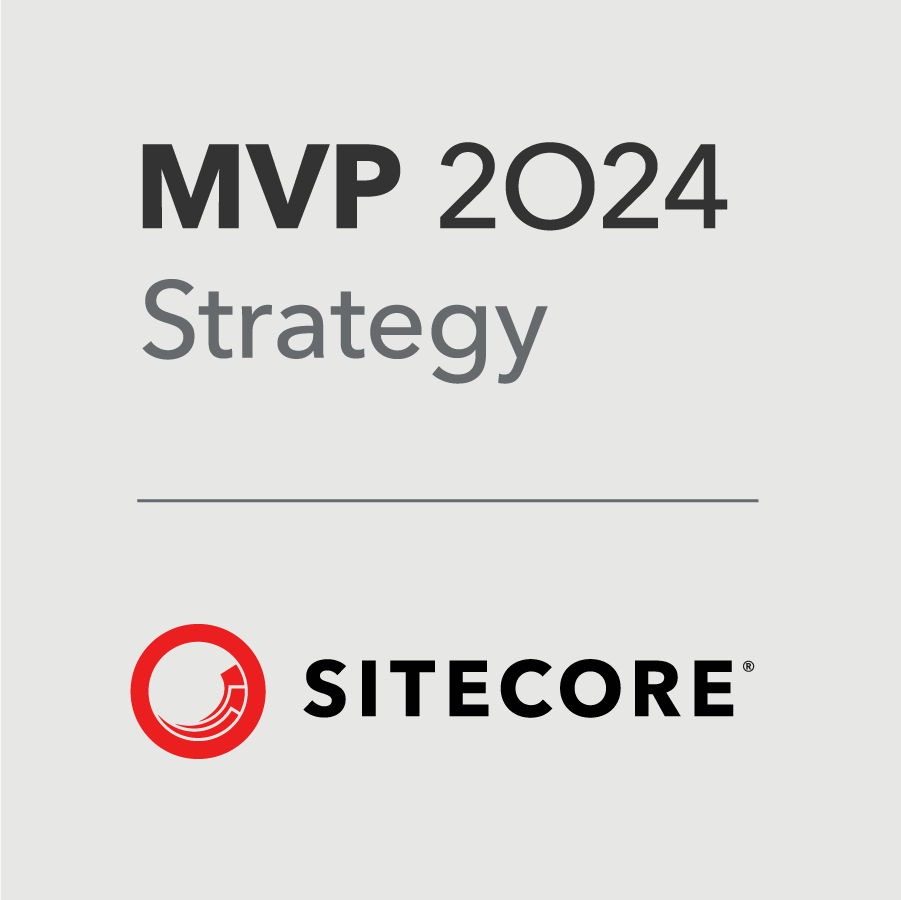The stakes for getting digital experiences right have never been higher for healthcare providers, especially since the onset of the COVID-19 pandemic. In a recent study, half of patients surveyed agree that a bad digital experience with a provider ruins the entire experience with that provider. Further, 26% said they are willing to switch to a new provider for high-quality digital services. Healthcare providers know they should be investing in excellent, personalized online experiences for their patients. Without a focused, thoughtful approach to quantifying success, however, providers will miss the opportunity to "personalize what matters” for driving health outcomes and patient satisfaction.
Looking to show the value of digital personalization for your organization? We've isolated three key success measures providers need to track in order to accurately measure and assess the impact of their personalization efforts:
Patient Satisfaction (PSAT)
This one is a “must-track”. According to a recent PWC survey, “when customers think about their interactions, positive experiences influence purchasing decisions in almost every industry, but are particularly influential in healthcare.” Survey respondents indicated positive experiences mattered the most in healthcare (78%, topping all other industries) yet they rated current satisfaction in the industry at just 53%. This is quite the gap, and a huge opportunity for healthcare companies to improve their PSAT and drive revenues through personalization. Providers who don’t assess how their digital experiences impact patient satisfaction are therefore missing a significant opportunity to drive value for their organizations.
Providers are already stepping up to address this gap. For example, Orlando Health's 'Hello Baby!' program uses patient data to provide personalized communication options for new mothers. Patients select a track, like caring for a new baby, caring for a family member, or caring for mom, and receive regular personalized emails, timed with the age of their baby, to address their individualized questions. By personalizing their digital experience, the provider delivers relevant healthcare information at the ‘moment that matters’ in their patient/caregiver journey, long after the new baby has arrived.
Net Promoter Score (NPS)
Providers who deliver positive experiences will generate positive word of mouth. Net Promoter Score measures customer perception based on how likely you are to recommend an organization to others. While similar to PSAT, this is a distinct metric and one that directly relates to patient loyalty and positive online reviews—putting the providers with high NPS scores in a position of considerable advantage when competing for new patients and physician referrals.
Measuring NPS and solving for high NPS scores helps providers engage directly with patients and caregivers to address issues and highlight successes. For example, a physical therapy practice in Arizona recently used NPS data to understand the specific concerns of their “detractors” (those who scored the practice below a 6 NPS). Through their direct conversations with patients, they changed their patient communications to a personalized approach, and drove a 12x return on investment. Healthcare providers focused on NPS can position themselves for personalizing content and communications to improve satisfaction and generating online and offline referral activity.
New Patient Acquisition Cost
Digital content is empowering patients to do their own online research more than ever before—unsurprisingly, 77% of patients search online prior to booking an appointment with a doctor. Therefore, providers need to deliver a good online impression and digital booking experience—crucial to attracting new patients (particularly younger patients). Positive ratings on sites such as Google, ZocDoc, and Healthgrades have shown to lift revenues via patient acquisition.
Patients convert as a result of consistent, relevant information delivered at the right time, on the right channel. We therefore recommend that providers stand up a New Patient Acquisition Cost (NPAC) that tracks investment and engagements across these channels—and tests the incremental value of personalization efforts. This is more than a digital marketing effectiveness metric—it's a conscious approach to measuring how well a provider’s “what to expect” content, online scheduling tools, and associated reminders and support features can impact patient acquisition. Getting digital experiences right for different target groups in a personalized and authentic manner is critical in order to lower acquisition costs and maximize conversion rates.
The healthcare industry is primed to become a leader in digital personalization. The industry has had a head start understanding personalization with recent shifts towards patient-centricity and value based care, while the COVID-19 pandemic has catapulted the entire industry into a digital-first mindset. Identifying and addressing opportunities to impact PSAT, NPS, and NPAC through personalized digital experiences are key for healthcare organizations looking to successfully get ahead of the competition in 2023 and beyond. Contact us to learn how we can help you achieve measurable success through personalized digital experiences.
